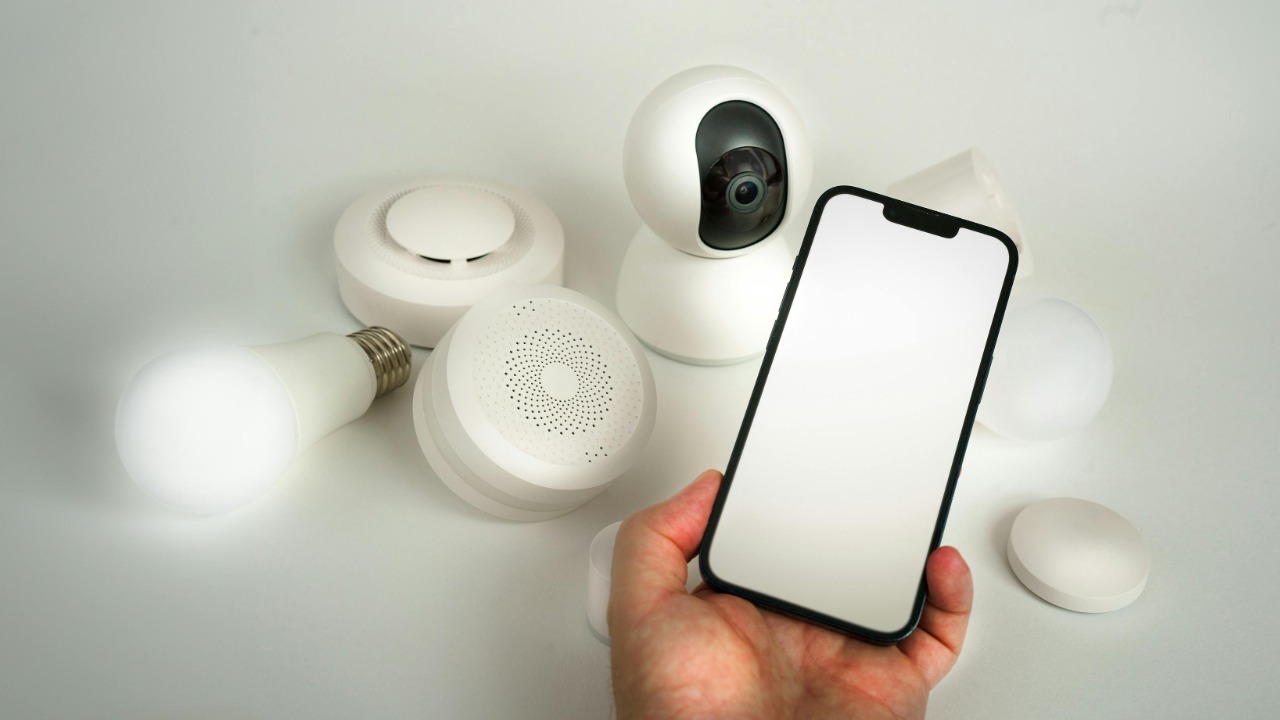
As smart home technology becomes increasingly popular, many people are unaware of the hidden security risks associated with their devices. Smart lightbulbs, often seen as a mere convenience, can actually serve as a gateway for hackers to infiltrate your home network. Here’s how these seemingly innocuous devices can be exploited to compromise your privacy.
Understanding the Vulnerabilities of Smart Lightbulbs

Many smart lightbulbs lack robust encryption, making them susceptible to cyberattacks. Weak security protocols often mean that data transmitted through these devices can be intercepted and manipulated with relative ease. The use of default settings and passwords further exacerbates the problem, providing an open invitation for hackers to gain unauthorized access.
Smart lightbulbs are typically integrated with other household devices, forming a network of interconnected systems. This integration can be a double-edged sword. While it offers convenience, it also provides hackers with a pathway to access your entire network. When vulnerabilities in your lightbulb’s software are exploited, hackers can gain a foothold into more critical systems, potentially compromising your security and privacy further.
How Hackers Exploit Smart Lightbulbs

Hackers can intercept data being transmitted between your smart bulbs and the control device to gather sensitive network information. Techniques like packet sniffing can be used to capture your Wi-Fi credentials, allowing cybercriminals to infiltrate your network. This data interception can lead to unauthorized access to not just your smart lightbulbs but also other devices on the network.
Reverse engineering is another technique used by cybercriminals to exploit smart lightbulbs. By understanding and manipulating the firmware of these devices, hackers can install malicious software to control the bulbs and other connected devices. This control can be leveraged to facilitate larger cyberattacks, turning a simple lightbulb into a tool for nefarious purposes.
Real-World Examples and Research Findings

Several case studies have highlighted incidents where smart lightbulbs were hacked to facilitate cyberattacks. These breaches often result in significant impacts on consumer privacy and security, underscoring the importance of addressing vulnerabilities in smart home technology.
Academic and industry research has also shed light on these vulnerabilities. Key findings from studies published in the Association for Computing Machinery and IEEE journals provide valuable insights into the methodologies used to uncover weaknesses in smart lighting systems. These studies emphasize the need for improved security measures to protect consumers from potential exploits.
Protecting Yourself from Smart Lightbulb Exploits

Implementing strong security measures is crucial to protect yourself from smart lightbulb exploits. Using strong, unique passwords for your smart devices and changing default settings immediately can significantly reduce the risk of unauthorized access. Enabling encryption and regularly updating the firmware of your smart lightbulbs can also help patch vulnerabilities and enhance security.
Network segmentation is another effective strategy to protect your home network. Isolating smart devices on a separate network limits the potential damage from a compromised device. Consider using a virtual LAN (VLAN) to segregate IoT devices from critical network resources, ensuring that even if one device is compromised, the rest of your network remains secure.
Future Developments and Consumer Awareness

Manufacturers are increasingly focusing on improving security protocols in new smart lightbulbs. Advancements in security technologies are expected to mitigate many of the current risks associated with smart devices. The development of industry standards for IoT security is also underway, aiming to ensure that future smart home products are more secure.
Educating consumers about the risks of smart devices is crucial in fostering awareness and promoting safe usage practices. Providing resources and tips for users to stay informed can empower them to protect their privacy in a smart home environment. Understanding the red flags and signs that someone might be spying on your network can also help users take prompt action to secure their devices.